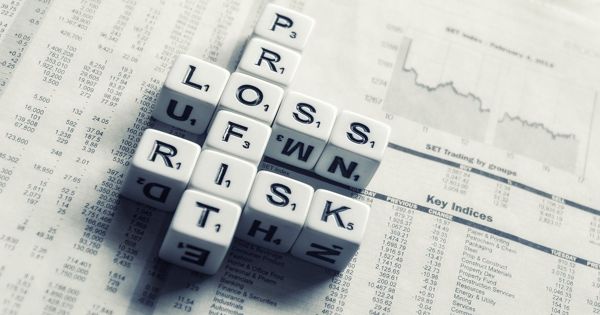The downside risk is the financial risk associated with losses. It is an estimation of a security’s potential to suffer a decline in value if the market conditions change or the amount of loss that could be sustained as a result of the decline. That is, it is the risk of the actual return being below the expected return or the uncertainty about the magnitude of that difference. Depending on the measure used, downside risk explains a worst-case scenario for investment or indicates how much the investor stands to lose.
Downside risk is a general term for the risk of a loss in particular, as opposed to the symmetrical likelihood of a loss or gain. It is also the measure of the possible loss from that decline.
Downside risk refers to the probability that an asset or security will fall in price. Risk measures typically quantify the downside risk, whereas the standard deviation (an example of a deviation risk measure) measures both the upside and downside risk. Downside risk measures are considered one-sided tests since they do not care about the symmetric case of upside potential, but only about potential losses. This refers to the financial risk attached to a particular security in the event that it loses value. It is the potential loss that can result from a fall in the price of an asset as a result of changing market conditions.
Specifically, downside risk can be measured either with downside beta or by measuring lower semi-deviation. It can also be described as a statistical measure that aims to calculate and quantify the worst-case loss that can result from uncertainty in the difference between expected return and realized return in cases where market conditions deteriorate. It is a statistical measure that calculates the loss in value of the security due to changes in market conditions and is also referred to as the uncertainty that the realized return can be much less than the anticipated results.
Determining downside risk is crucial in choosing the appropriate hedging strategy. It helps in protecting investor capital and avoiding devastating losses. The statistic below-target semi-deviation or simply target semi-deviation (TSV) has become the industry standard. Therefore, calculating downside risk helps in preparing for the worst-case scenario, such as market shocks, where financial markets move in a downward spiral that is sustained over a longer period, and different asset classes may be caused to correlate.
Information Source:
















